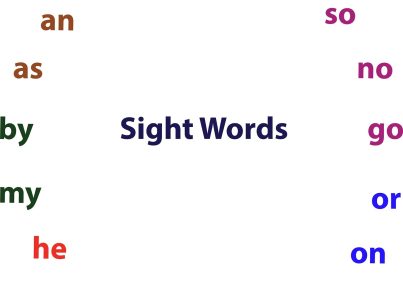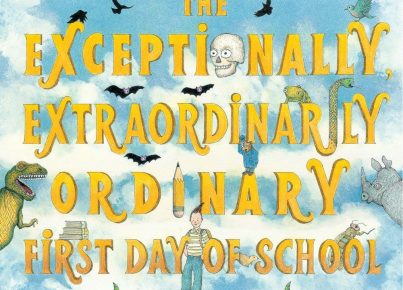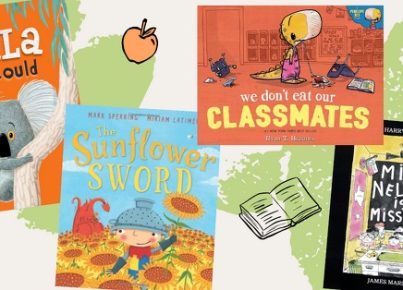Reading comprehension is a crucial skill for students across all disciplines. It is not simply about reading the words on the page but understanding and integrating that information. Whether you’re a seasoned academic or a young student just starting, there are strategies that can enhance your ability to understand and retain what you read. Here are six effective reading comprehension strategies every student can use:
Previewing
Before diving into the text, take a moment to preview it. Look at headings, subheadings, images, captions, summaries, and any questions that might be provided. This will give you a bird’s eye view of the structure and content, allowing you to anticipate the kind of information that will be presented.
Questioning
As you read, ask yourself questions: Who? What? When? Where? Why? How? Questioning keeps you engaged with the material and helps to clarify points that may not be immediately apparent. After reading, try to answer these questions to boost your memory and understanding.
Summarizing
After reading a section or chapter, take a moment to summarize what you’ve learned. Try to boil down the content into key themes or takeaways without looking at the text. This helps solidify your grasp on the subject matter and improves retention.
Visualizing
Creating mental images can bring text to life. As you read descriptions or narrative passages, visualize characters, settings, or processes described in your mind’s eye. This strategy is particularly effective for stories and descriptive texts.
Connecting
Make connections to what you already know. Whether it’s relating the material to your own life experiences or linking it to other knowledge in the same subject area or different subjects entirely, this association will make the material more relatable and memorable.
Inferring
Finally, reading between the lines is essential for deeper understanding. Not everything will be stated explicitly in text form; some understanding requires inferring meaning from context clues or underlying themes. Practice making educated guesses about what is not directly stated based on the information given.
Developing proficiency in these strategies does require practice but can lead to significant improvements in how well students understand what they read. As students become more adept, they will find their reading – whether for academic purposes or pleasure – more fulfilling and informative.





